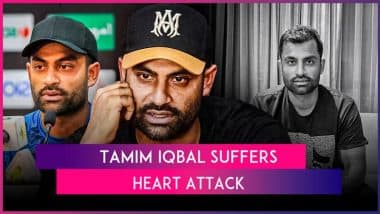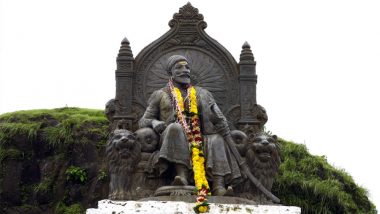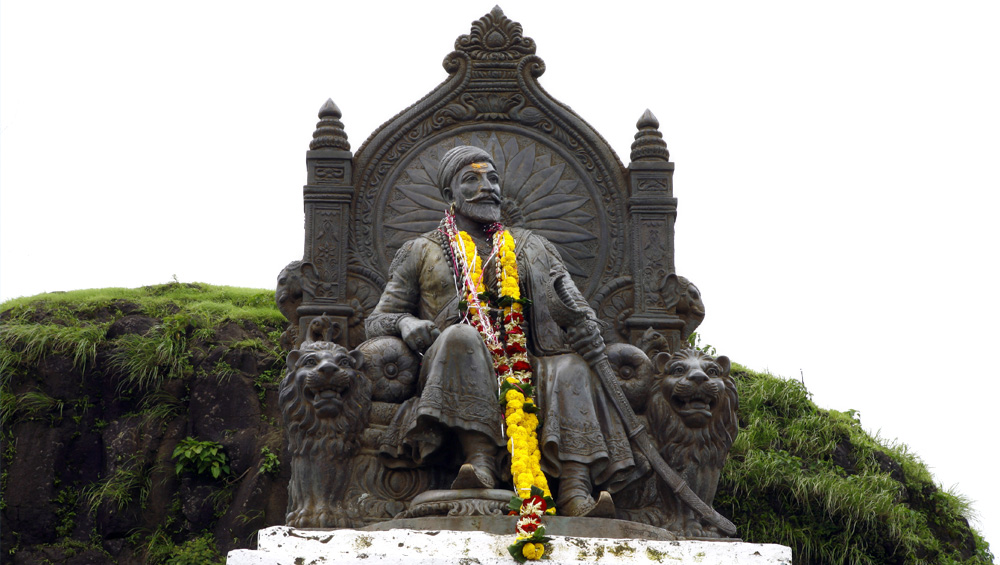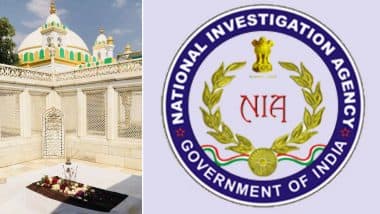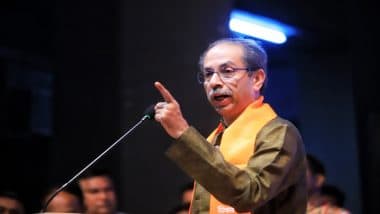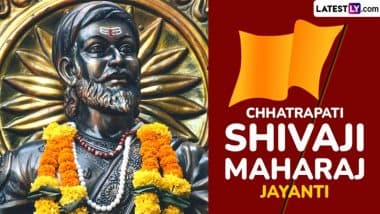On February 19, 1630, Shivaji Bhonsale, better known as the great Maratha ruler Chhatrapati Shivaji Maharaj was born in Shivneri Fort. So every year, Shivaji Jayanti or Shiv Jayanti is celebrated with much enthusiasm in parts of Maharashtra on this day. It is a day of immense pride for all Marathas and celebrations commemorating the great leader and his achievements are marked on this day. This year marks the 389th birth anniversary of Shivaji Maharaj. Not only in the state of Maharashtra, but he was also among the well-known warrior kings in entire India. Known as the fearless king, let us know some more facts about the great Maratha warrior on his birth anniversary. Maharashtra Not to Include Anniversaries of Chhatrapati Shivaji Maharaj, Rajarshi Shahu, Mahatma Jyotiba Phule, B R Ambedkar from 2019 Calendar.
Stories of Shivaji Maharaj's childhood to becoming a king, conquering forts by leading tough wars against all enemies are given in history textbooks. The celebrations of Shiv Jayanti were first started by Lokmanya Tilak in Pune, which gradually spread to other parts of the state. Although his victorious tales and bravery are noted down in several books, played out in plays and movies, let us look at some facts about him. Shivaji Jayanti: Nation Extends Greetings & Wishes on Birth Anniversary of The Great Maratha Warrior.
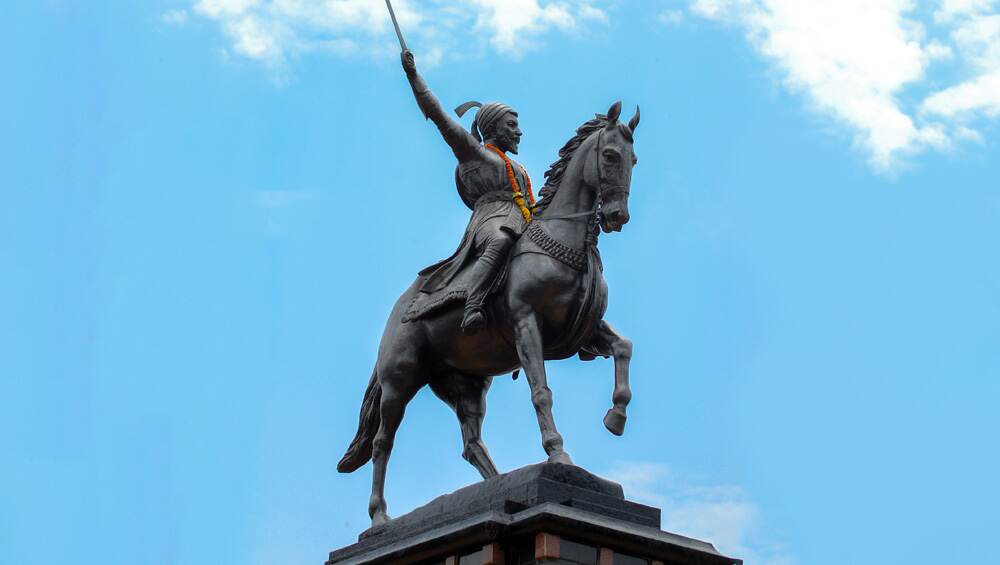
8 Facts About Chhatrapati Shivaji Maharaj
- Contrary to the popular understanding of Shivaji's name being kept after Lord Shiva, it was kept after a regional deity named Shivai. His father was Shahaji Bhonsale who served as a general to Deccan Sultanates.
- One of the most important highlights of Shivaji Maharaj's life remains the coronation ceremony which gave him the title of Chhatrapati (paramount sovereign). On June 6, 1674, the ceremony was performed at Raigad. It was a formal acceptance of his position as an independent king. Here, he took the oath of protecting the Hindu faith.
- Shivaji was deeply influenced by the Hindu religion and its teachings. It is often viewed due to the conflicts with the Mughals, Shivaji was against the Muslims. However, Shivaji was a very secular leader and let his people follow the religion of their choice. His own army had a cavalry of about 1,50,000 Muslims. He only fought those who threatened Hinduism.
- His first achievement was in 1645 when he was just 15-year-old. He negotiated with Bijapuri commander Inayat Khan to hand over the Torna fort to him.
 Shivaji Maharaj Jayanti (Photo Credits: Wikimedia Commons)
Shivaji Maharaj Jayanti (Photo Credits: Wikimedia Commons) - One of his greatest fights that were lauded in the history of Shivaji was his one on one fight with Afzal Khan in 1659. The meeting at the foothills of Pratapgad turned foul when Shivaji suspected Afzal Khan would carry a weapon. With the help of a tiger's claw, Shivaji was able to defeat Afzal Khan in the attack.
- Shivaji was an expert in warfare and developed guerrilla techniques, an advanced strategy which led him to fruitful victories over the enemy. The essence of this technique was launching a surprise attack. He knew the geography of the place very carefully and planned strategic attacks. He was also called as a 'mountain rat' because of the guerrilla warfare.
- Shivaji Maharaj built an army fleet of 10,000 soldiers from barely 2,000 men that his father helped him with. And once he realised that the country had to be protected from the waterfronts, he also built a steadfast naval force. He built a strong Maratha navy force to protect India from the foreign invasions.
- Shivaji Maharaj was a very benevolent king. Whenever his opponents surrendered, he showed mercy and offered them to be a part of his army. Because of his nature, he was also called fondly as the Jaanta Raja.
Shivaji Maharaj's history is too vast and has numerous important points from time to time. A leader that Marathas look up to even today, he was a true inspiration to not just the community, but even warrior kings of his time.
(The above story first appeared on LatestLY on Feb 18, 2019 11:45 PM IST. For more news and updates on politics, world, sports, entertainment and lifestyle, log on to our website latestly.com).







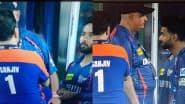

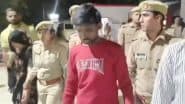
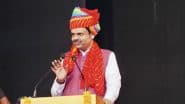
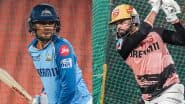

 Quickly
Quickly







